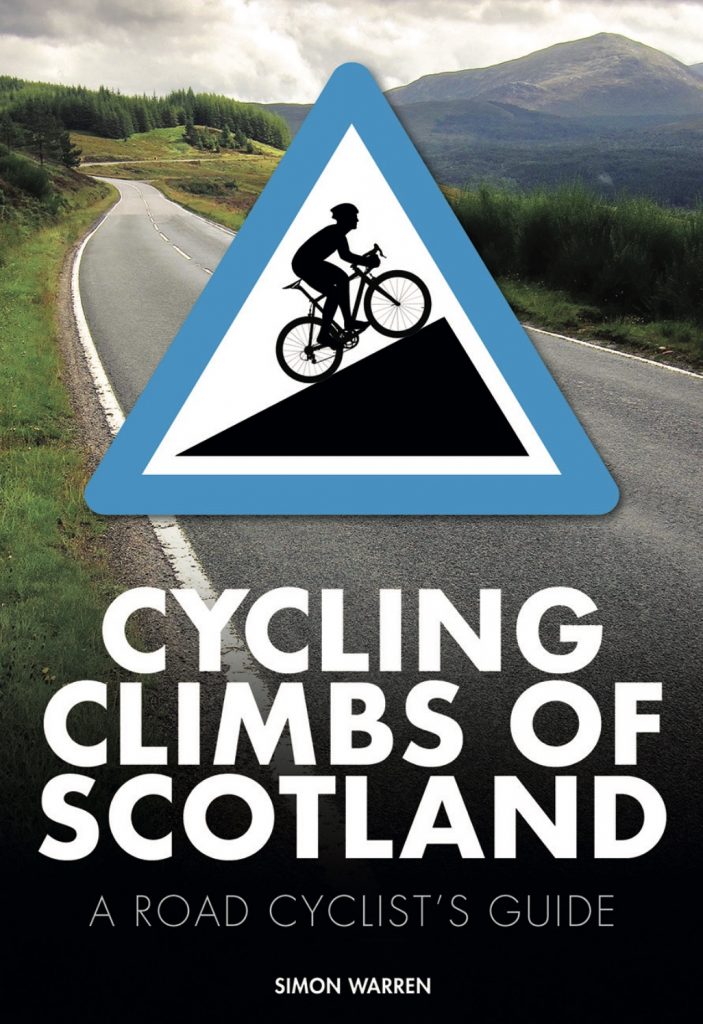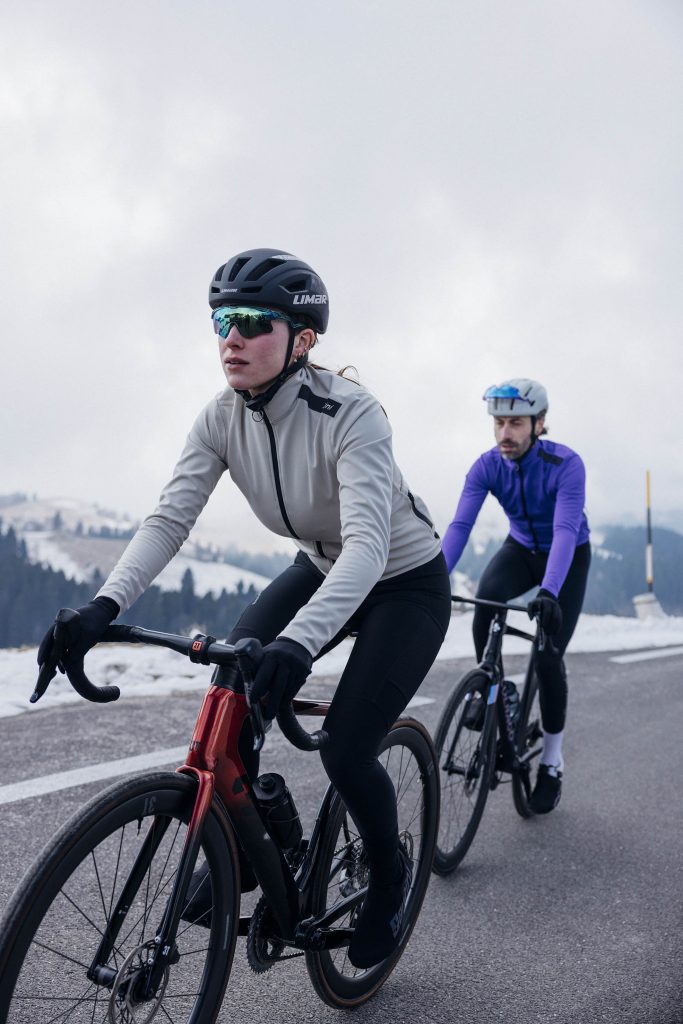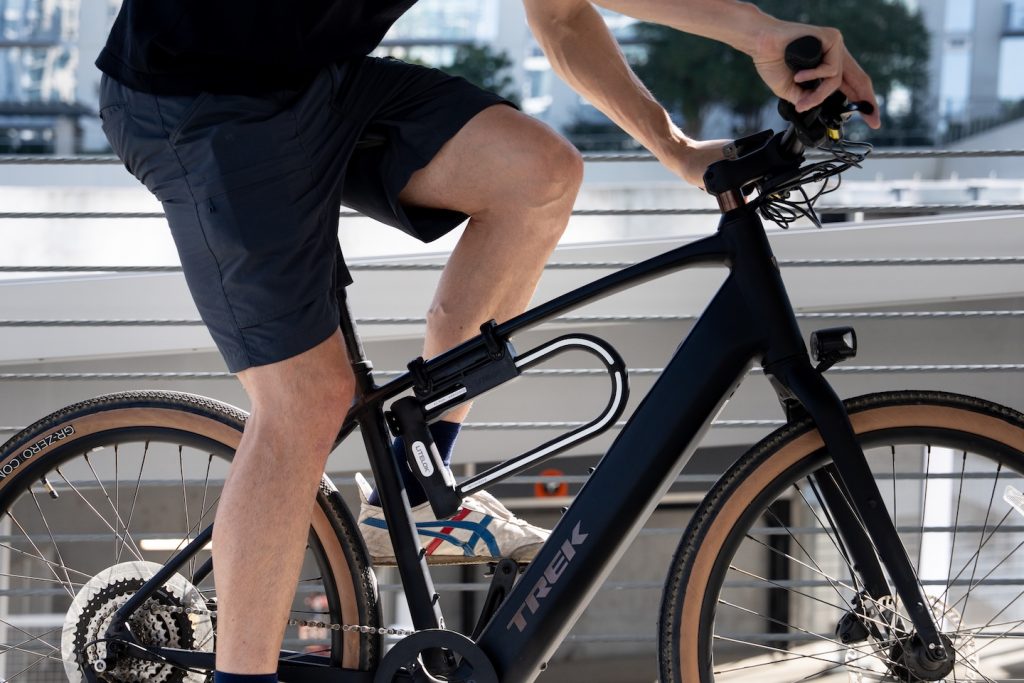Survival Guide For Winter Cycling
Cycling through winter can seem like a daunting idea, even for those who have ridden in the colder months many times before.
Although we’d admit that it’s hard to beat cruising around in the summer, with short-sleeves and sunglasses, there’s still a lot of enjoyment to be had from winter riding – let alone the benefits of keeping your legs turning, and a bit of (very) fresh air.
Here we outline key points to consider when facing a winter of cycling.
Clothing
The most obvious and arguably important factor in winter weather riding is, of course, clothing. The right windproof, thermal and waterproof gear can keep you dry and warm on rides so that you barely notice how cold it is.
A full set of winter clothing can at first seem like a large expense, but choosing carefully and layering up can give you a range of clothing to suit a range of temperatures.
There’s a temptation to throw on thick fleeces and waterproofs to stave off the cold, but you also have to consider that they will make you sweat, even when the temperature is nudging zero. Sweat can accumulate under your clothes to make you feel wet, cold and clammy.
Use cycle-specific clothing as that for other sports may not have the correct fit for your position when riding, or the correct properties to keep you moisture-free.
Good quality winter/windproof gloves and overshoes will keep your extremities warm – these are the most susceptible areas to getting cold first.
Not sure whether you have enough clothes on (or too many)? Then go outside before your ride and see how it feels. Remember that the effort of riding will warm you up a bit.
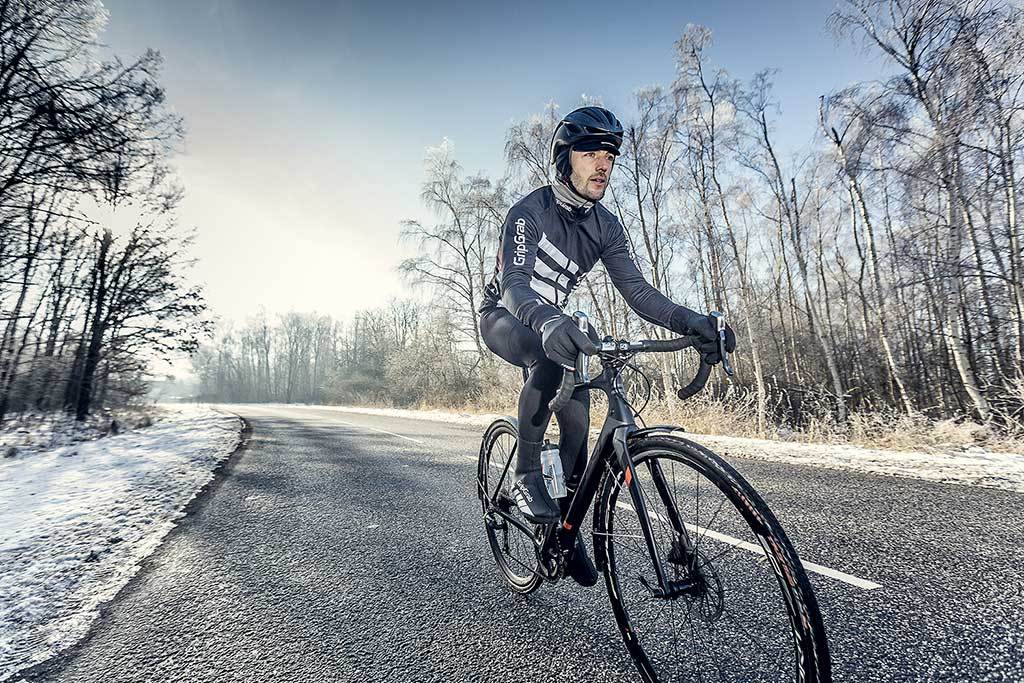
Punctures
It’s a sad fact that the worse the weather, the more likely you are to get a puncture. Wet road conditions create some kind of magical lubrication for thorns, shards of glass and sharp pieces of flint to stab their way through the carcass of your tyre and into your inner tube.
This usually happens at the most inconvenient point of the ride.
Make sure that you have at least two tubes and a working pump – and you have to check that it works if you haven’t used it for a while. Some people swear by CO2 cartridges to inflate their tyres, but be aware that these run out after only one or two inflations.
In addition, when you operate them in low temperatures, the gas can cause the head of the canister to freeze, including to your gloves or fingers. We say this from bitter experience.
If you are riding in a group, make sure before you set out that between you, you have enough tubes and pumps. Don’t rely on someone else having it all.
Lights
We’re seeing more and more riders using lights all year round in daylight as a way of highlighting their presence to other road users. In winter, this is arguably more important as it can get very gloomy on overcast winter days when the sun is at its weakest.
Small, light and very bright rechargeable LED lights can be commonly found and won’t break the bank.
Having lights with you at all times also relieves the worry that you will get caught in the dark during shorter days.
Make sure that your lights are charged (or you have fresh batteries) before every ride.
Tyres
Teetering around damp, mucky lanes on your 23mm racing rubber is not the best idea for a number of reasons, not least the lack of grip and risk of slicing up expensive rubber.
We’d opt for tyres that offer a degree of puncture protection and are harder wearing. Continental Gatorskins are a perennial favourite for winter riding, but many other tyre manufacturers offer similar models. They don’t stop all punctures, but every little helps.
Tubeless tyres and solid tyres are also an option, those these are currently slightly more expensive and more fiddly to install than regular tyres and tubes.
Mudguards
As any cycling club member knows, mudguards are a must in the winter. The spray and grunge kicked up as you ride along can land directly into your face, waterbottle, up your back and soak your backside in a highly uncomfortable way.
Anyone who has ever tried to ride directly behind someone who doesn’t have mudguards in the wet will know exactly how much water is sprayed up by a rotating bike tyre
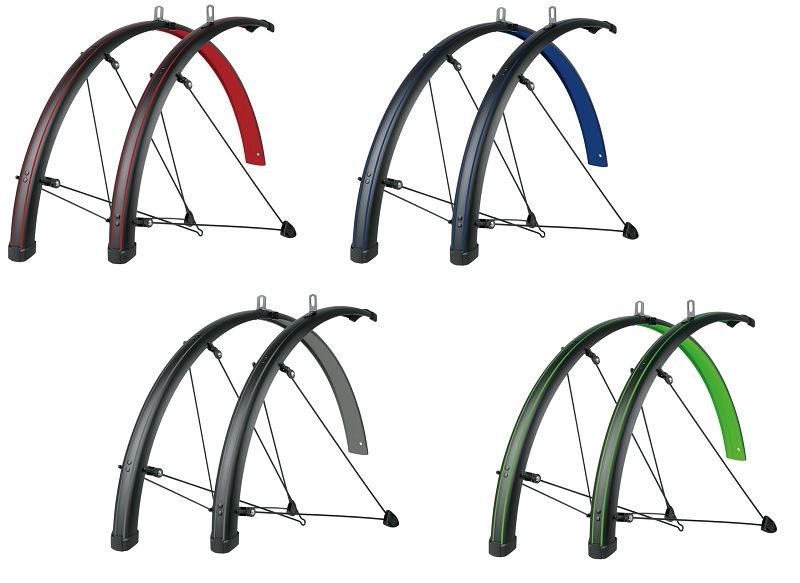
Maintenance
You should keep your bike in tip-top condition at all times, of course, but in winter you’ll need to pay particular attention to moving parts, such as your chain, gears, cables, hubs and bottom bracket.
Give your bike a regular look over, and try and wash off the accumulated grime regularly. Check for wear on rims and brake blocks, as wet weather can be particularly harsh on these areas.
Keep your chain oiled regularly, and make sure that your cables are in good shape. Salty water off gritted roads can play havoc with components, and water getting into exposed cables can cause havoc with shifting.
By keeping on top of your bike’s maintenance you can minimise the number of mechanical mishaps you may have when out riding. The last thing you want is to find yourself stranded at the side of a very cold road.




























